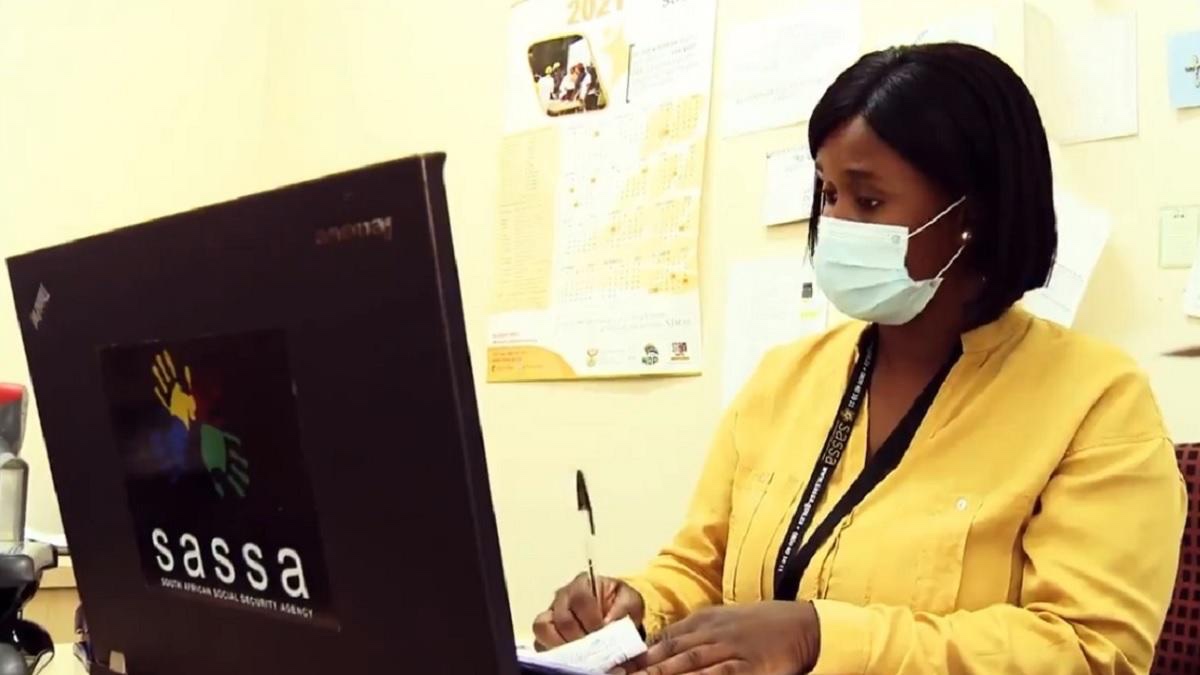World Mental Health Day: Starting your own business can be empowering and allow you to take control

This year, World Mental Health Day takes place on 10th October 2022 and the World Health Organisation’s (WHO) annual theme is “Making Mental Health & Well-Being for All a Global Priority”. Following the pandemic and a number of other global events, mental health has fallen down the agenda of many businesses and organisations, and the WHO wants to reinstate it as a top priority for everyone.
Commenting on the impact of mental health conditions on entrepreneurs SME finance expert Lee Murphy, from The Accountancy Partnership, said: “Being an entrepreneur can be difficult with responsibility for all parts of a business falling on your shoulders. More than half (52%) of SME owners said owning a business was more challenging than they expected. These challenges also have a direct impact on mental health, making self-employment feel lonely. Business owners must make time to connect with other like-minded people and communities, in-person and online, even if they are yet to build their own workforce.
“Taking control of your own career and professional life can be empowering. A fifth of people that start their own business each year – approximately 726,000 entrepreneurs – do so to improve their mental health. Research also shows that 43% of entrepreneurs become their own bosses because they want more flexibility to decide their own hours and improve their work-life balance, allowing them to spend more time with friends and family, doing the things that they enjoy.
“There are lots of positives to becoming your own boss, and it is a realistic prospect for many people wanting to improve their wellbeing. More than half (54%) of SME owners report being happier after starting their own venture. Many people also experience more autonomy, greater earning potential, and a new creative outlet as a result of being an entrepreneur. If it is something that interests you, looking into new opportunities and researching them further is a great place to start.”






